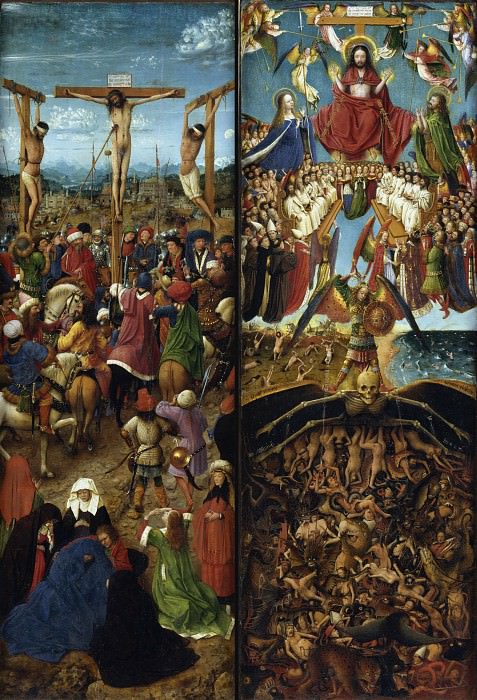Hannah Höch: Pioneer of Dadaism and Collage Art
Hannah Höch stands out as a trailblazing artist whose innovative approach reshaped the art world in the early 20th century. Born on November 1, 1889, in Gotha, Germany, Höch emerged as a significant figure in the Dada movement, a radical art movement that sought to challenge traditional aesthetics and societal norms through absurdity and unconventional methods. Her work, characterized by its collage techniques and critical commentary on contemporary society, remains influential and continues to captivate audiences with its depth and originality.
Early Life and Education
Hannah Höch's journey into the world of art began with her early education in Germany. After completing her primary education, she pursued formal art training at the School of Applied Arts in Berlin. Here, she was introduced to various artistic techniques and theories that would later influence her distinctive style. Höch's formative years were marked by a deep engagement with the avant-garde movements of her time, setting the stage for her eventual role in the Dada movement.
Embracing the Dada Movement
The Dada movement, which originated in Zurich during World War I, was characterized by its anti-establishment ethos and embrace of randomness and absurdity. In the early 1920s, Höch became a central figure in the Berlin Dada group, which was renowned for its rebellious spirit and experimental approach to art. Her involvement with Dadaism was not merely a passive engagement; she actively contributed to the movement's radical experiments with form and content.
Höch's participation in Dada was marked by her innovative use of collage, a technique that involved assembling disparate elements—such as photographs, newspaper clippings, and other materials—into cohesive artworks. This method allowed her to create visual narratives that commented on contemporary social and political issues, challenging viewers to question the status quo.
The Art of Collage
Collage became Höch's signature technique, and she is often credited with pioneering this form in the context of modern art. Her collages are distinguished by their dynamic compositions and their ability to juxtapose seemingly unrelated elements in a way that creates new meanings. By combining fragments of photographs, advertisements, and other printed materials, Höch created visual critiques of modern society and its values.
One of her most famous works, "Cut with the Kitchen Knife Dada through the Last Weimar Beer-Belly Cultural Epoch in Germany," exemplifies her use of collage to convey complex social commentary. This piece, created in 1919-1920, is a sprawling, multi-panel work that combines photographic and graphic elements to critique the political and cultural climate of Weimar Germany. The collage reflects Höch's incisive commentary on the fragmentation of society and the chaos of the post-war era.
Themes and Influences
Hannah Höch's art is rich with themes related to gender, politics, and social change. As a female artist working in a male-dominated field, her work often explores issues of gender identity and the roles assigned to women in society. Her collages frequently feature images of women, sometimes in fragmented or distorted forms, which serve as a critique of societal expectations and stereotypes.
Höch's work was also influenced by the political and social upheavals of her time. The rise of fascism, the aftermath of World War I, and the economic instability of the Weimar Republic all found expression in her art. Her collages often reflect a deep skepticism towards authoritarianism and a desire for social reform.
Legacy and Impact
Hannah Höch's contributions to the art world extend far beyond her time. Her innovative use of collage and her engagement with the Dada movement have left a lasting impact on contemporary art. Her work has been the subject of numerous retrospectives and exhibitions, reaffirming her place as a pioneer in modern art.
In addition to her artistic achievements, Höch's legacy is also evident in the continued relevance of her themes and techniques. Her exploration of gender, identity, and social issues resonates with contemporary audiences, making her work a significant reference point for discussions about art and society.
The Revival of Interest
In recent years, there has been a resurgence of interest in Hannah Höch's work, driven by a growing appreciation for her contributions to the Dada movement and her innovative artistic techniques. Museums and galleries around the world have featured her work in major exhibitions, providing new audiences with the opportunity to engage with her art.
Scholars and critics have also revisited her oeuvre, offering fresh interpretations and analyses that highlight the continued relevance of her work. This renewed focus on Höch underscores the enduring significance of her contributions to the art world and her role as a trailblazer in the realm of collage.
Conclusion
Hannah Höch's artistic journey is a testament to her pioneering spirit and her commitment to pushing the boundaries of conventional art. Her innovative use of collage, coupled with her incisive social commentary, has established her as a seminal figure in the history of modern art. As we continue to explore and celebrate her work, we gain a deeper understanding of the ways in which art can challenge, inspire, and transform our perceptions of the world.















